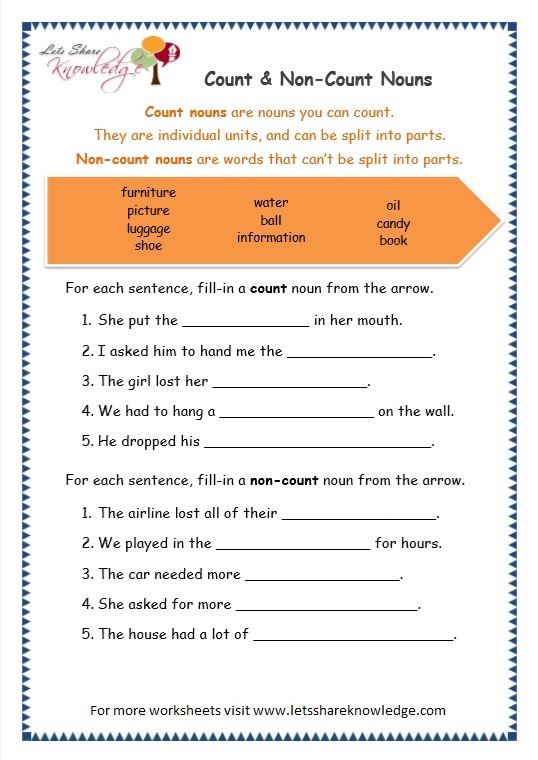

Students sit or stand in a circle and practice repeating this sentence using correct English grammar while trying to figure out the puzzle (or pattern) at the same time. This is both grammar practice and a kind of language puzzle. (It's best to use singular count nouns which are short in length and start with a consonant.) Try to get the students to stay in sync.Īctivity 3: Let's Go Camping! Skills taught: countable and uncountable distinction This is a rhythm/repetition game in which students stand in a circle, pass items (countable singular nouns) to adjacent students while saying the pattern above. Items needed: hand held items of singular countable nouns using "a" instead of "an" If a student says, "I'm going to buy some egg." The teacher should repeat the correct sentence and have the same student repeat it correctly again.Īctivity 2: This is a … Skills taught: Use of indefinite article, focus question, rejoinder The teacher's role is to correct the student's grammar. This game reinforces the use of count or noncount items related to food or products bought at a store. After about five or six students and when memories begin to falter, the next student can start with a new single item. "I'm going to buy some _ and some _ and some _. Then the next student continues by adding another item to the list. The student to the left of the teacher has to continue the shopping by saying "I'm going to buy some _ (what the teacher just said) and some _ (something new). " The teacher says something like "some apples" or "some rice" or another count noun or noncount noun. "Let's go shopping! Do you like shopping? (Let students respond.) I'm going to buy some _. This is a commonly used activity among ESL teachers that can take various forms. In addition to teaching the count/noun count distinction, these particular activities also teach the use of the following:Īctivity 1: Shopping List Game Skills taught: Count or noncount distinction. To provide practice and reinforcement of this grammatical distinction, I use four activities which students enjoy. The students mistake the word "flour" to mean "flowers." (I don't write the sentence on the blackboard, but just repeat it orally.) To help students understand this important grammatical distinction and to provide ample classroom practice, I introduce the lesson by orally asking the students to translate the following English sentence into Japanese. a demonstrative pronoun (this dog, these cats, that house, those people, etc.).


Look carefully at these sets of sentences below. Mukogawa Fort Wright Institute (Spokane, WA, USA) The Internet TESL Journal Activities to Teach the Count and Noncount Noun Distinction Ron Belisle


 0 kommentar(er)
0 kommentar(er)
